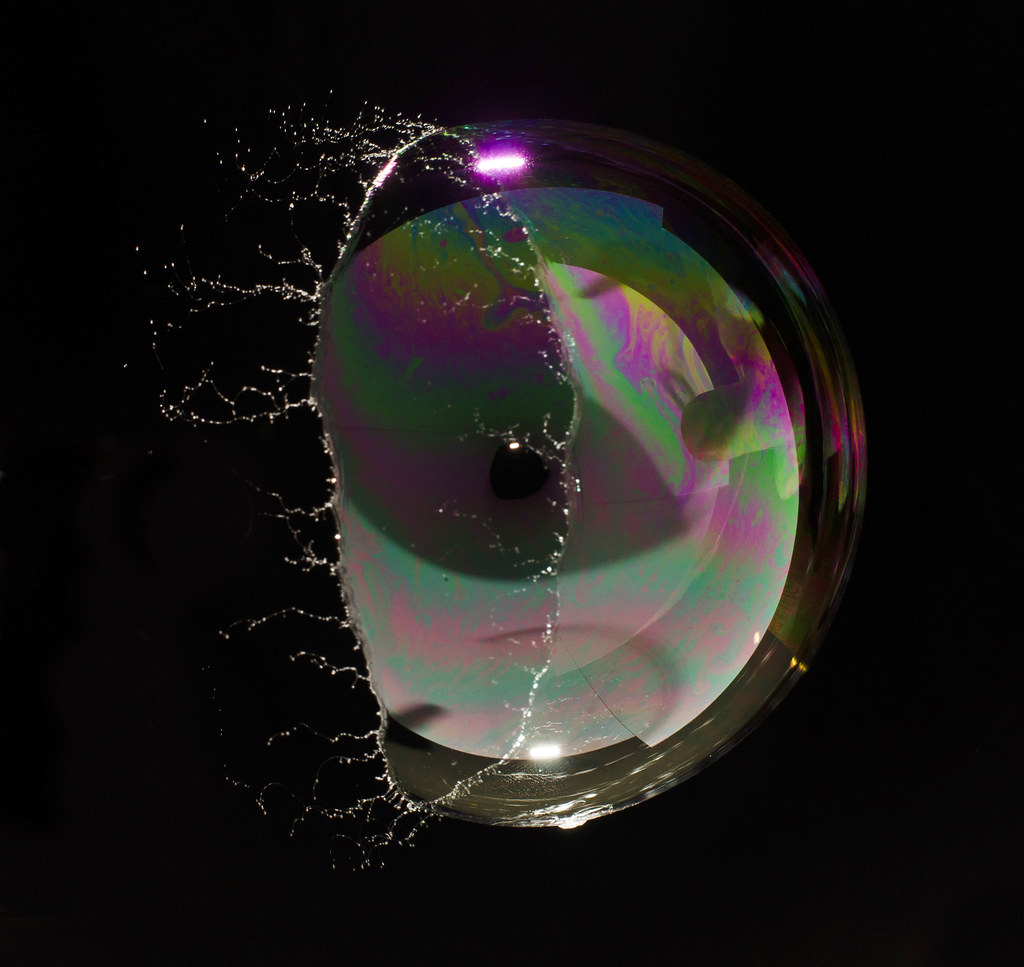What is an Imagination and what is a Culture?
According to Dictionary.com, it says
Imagination is,
1. the faculty of imagining, or of forming mental images or concepts of what is not actually present to the senses.
2. the action or process of forming such images or concept
and, Culture is,
1.the ideas, customs, and social behaviour of a particular people or society.
Thus, How does this affect how we perceive the world?
From what I see and know, I think that imagination and culture shape us to be one-dimensional:limiting us to see the world of two-dimensions and three-dimensions. Because people tend to mis-think that other people believe in the way you do, this often creates misconceptions, and these misconceptions arise from imagination and culture.
As an example from the Podcast we have been assigned to do, a rainbow is a great example of an one-dimensional example. From what many people believe, a rainbow comprises colors of red, orange, yellow, green, blue, navy, and purple.
However, this is not true. How do we know this? Has anyone proved that rainbows comprise these colors? If he/she did, how can they trust their ideas? In reality, humans can never trust their things they perceive, but they have proved and validated through faith and repetition.
let's change the subject of this situation, being a colorblind person who can only perceive 5% of the colors that a normal can perceive. To narrow it down, this person cannot distinguish between the 3 fundamental colors: red, blue, yellow. If this person sees the rainbow, what will it look like? The "Typical" rainbow normal people perceive? or even white and black? I do not know. But surely it won't be the same as normal people see because the colors of a rainbow is combination of the fundamental colors. Can we still conclude that rainbow has diverse colors?
Another example of an one-dimesion thought that imagination has created is the misconception Energy.
In physics, we learn about the law of conservation of energy, which claims that energy can neither be created or destroyed, but can be either transmitted or transformed. Assuming that this law is faultlessly true, thus credible, what we believe and see isn't what exactly IS happening.
For example, when a bubble pops, is the bubble gone? Well, visually yes. But, in response to the law? No, It is transformed into different energies such as sound energy and majority are dissolved into air particles, becoming neutral energies. So why do we think bubbles disappear? This is because we rely on our imagination too much.

Along with this, culture is also a powerful source on which we depend. Because culture varies throughout different countries, people from different culture often clash due to misunderstandings.
In many Asian cultures, bowing is a very common act, whereas it is not in western cultures. So, when they see a person bow, they will perceive differently, and lead to different judgments.
Thus, How does this affect how we perceive the world?
From what I see and know, I think that imagination and culture shape us to be one-dimensional:limiting us to see the world of two-dimensions and three-dimensions. Because people tend to mis-think that other people believe in the way you do, this often creates misconceptions, and these misconceptions arise from imagination and culture.
As an example from the Podcast we have been assigned to do, a rainbow is a great example of an one-dimensional example. From what many people believe, a rainbow comprises colors of red, orange, yellow, green, blue, navy, and purple.
However, this is not true. How do we know this? Has anyone proved that rainbows comprise these colors? If he/she did, how can they trust their ideas? In reality, humans can never trust their things they perceive, but they have proved and validated through faith and repetition.
let's change the subject of this situation, being a colorblind person who can only perceive 5% of the colors that a normal can perceive. To narrow it down, this person cannot distinguish between the 3 fundamental colors: red, blue, yellow. If this person sees the rainbow, what will it look like? The "Typical" rainbow normal people perceive? or even white and black? I do not know. But surely it won't be the same as normal people see because the colors of a rainbow is combination of the fundamental colors. Can we still conclude that rainbow has diverse colors?
Another example of an one-dimesion thought that imagination has created is the misconception Energy.
In physics, we learn about the law of conservation of energy, which claims that energy can neither be created or destroyed, but can be either transmitted or transformed. Assuming that this law is faultlessly true, thus credible, what we believe and see isn't what exactly IS happening.
For example, when a bubble pops, is the bubble gone? Well, visually yes. But, in response to the law? No, It is transformed into different energies such as sound energy and majority are dissolved into air particles, becoming neutral energies. So why do we think bubbles disappear? This is because we rely on our imagination too much.

In many Asian cultures, bowing is a very common act, whereas it is not in western cultures. So, when they see a person bow, they will perceive differently, and lead to different judgments.
댓글 없음:
댓글 쓰기